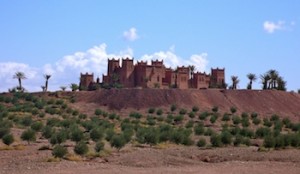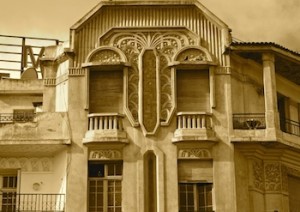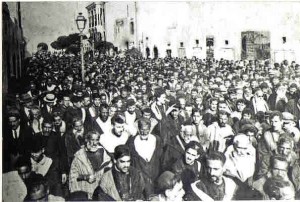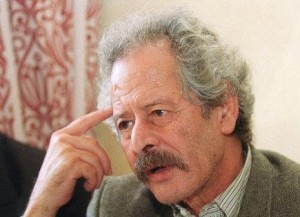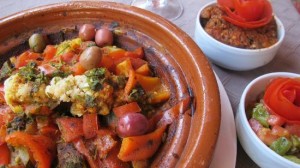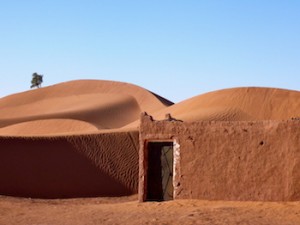Posts Tagged ‘Morocco Travel’
Morocco is the perfect family destination as it offers a unique blend of cultural and adventure experiences for families looking for an educational and active holiday. The combination of Morocco’s grand Sahara Desert, old world souks, and mountain regions offer…
Ouarzazate became famous when it’s nearby Kasbah; Aït Benhaddou appeared in the 1962 film Lawrence of Arabia. This spellbinding quiet town is the perfect home base for exploring the southern region of Morocco which is comprised of ancient Kasbahs, the Dadès Valley, the Gorge of Todra, the Atlas Films Studios, the Skoura…
Explore Africa on a Morocco luxury tour. Morocco luxury tours are custom-designed to deliver authentic, unique travel experiences. On a Morocco luxury tour you will immerse yourself in the history, people and culture of contemporary Morocco. Hand curated by our experts the…
UN statistics suggest that average literacy rates in Morocco are as high as 67% (in 2011). However, this figure hides large discrepancies between males and females and between urban and rural populations. Typically, girls in Morocco are less well-educated than boys. Additionally, in rural communities or…
Prior to the establishment of the French Protectorate in Morocco (1912-1956), Dar al Bayda, as Casablanca was then known, was a modest port of a population of around 12,000. A few years into the Protectorate, this had increased 10-fold and has hardly…
Essaouira owes much of its past, present and future to its situation on a bay sheltered from the fierce trade winds of the Atlantic Ocean by an archipelago of small, rocky islands. Towards the end of the 18th century, Sultan Sidi Mohammed Ben…
Few Moroccan authors have achieved international recognition beyond the Francophone world because of the lack of translations of their works. The international acclaim of writer Mohammed Choukri and the fact that not only his works, but his remarkable life story, are known…
From the Atlas Mountains to the Atlantic Coast and from the Great Sahara Desert to Imperial Marrakech, Morocco offers a wide range of things to do. Adventure activities in Morocco offer travelers the opportunity experience another dimension of during a Morocco Private Tour. Travel Exploration has created partnerships with cooperatives and local experts…
Although, compared to neighbouring Algeria, Morocco has only a fraction of the Great Sahara Desert within its territory, yet Morocco offers the safest and best-organized access to the Sahara of the whole of North Africa. Whether you want a quick glimpse of…
Every year, the sun-bleached, windswept city of Essaouira on Morocco’s Atlantic coast plays host to a festival of Gnaoua and World Music. Normally it is held in June, but this year’s 18th edition will take place – like many of the main Moroccan music festivals –…


